We Are the Painters
Extraits

Livres 3 ans et +
Ulma
04/2018
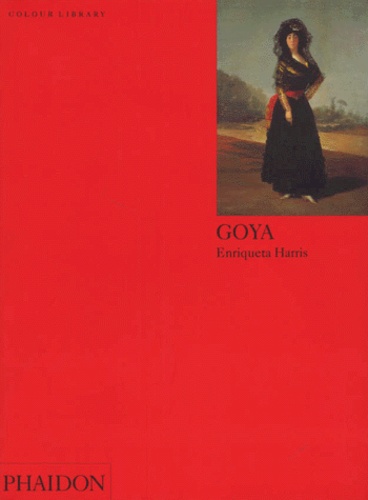
Beaux arts
GOYA. Edition en anglais
01/1994

Non classé
The Concept of Man in Igbo Myths
11/1999
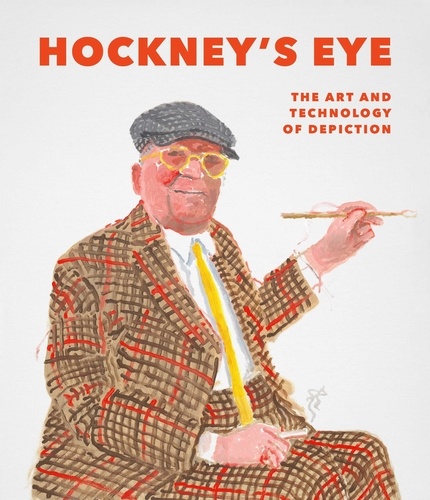
Mouvements artistiques
Hockney's Eye. The Art and Technology of Depiction
04/2022

Policier-Espionnage
We are the night Intégrale
06/2022
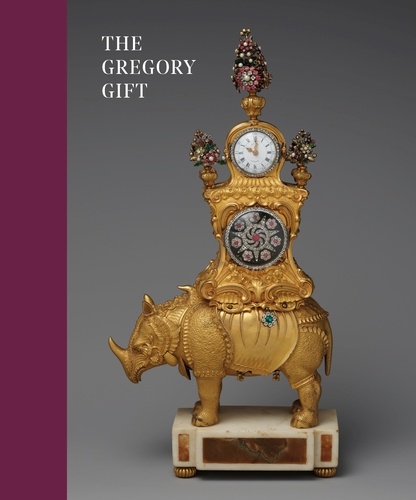
Monographies
The Gregory Gift
02/2023

Lecture 6-9 ans
L'énigme du sabre. Edition bilingue français-anglais
06/2018
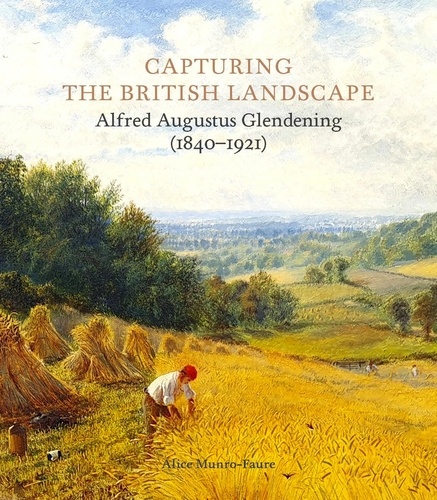
Beaux arts
Capturing the British Landscape. Alfred Augustus Glendening (1840–1921)
10/2022
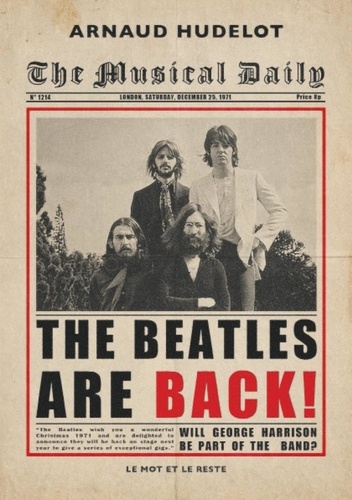
Littérature française
The Beatles are back !
10/2022

Histoire et Philosophiesophie
The Undergrowth of Science. Delusion, self-deception and human frailty
01/2000
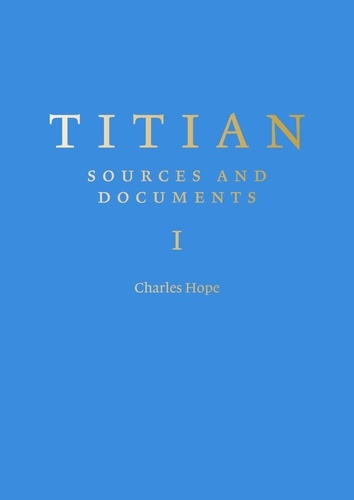
Monographies
Titian : Sources and Documents
04/2023

Monographies
Peter Doig
06/2023
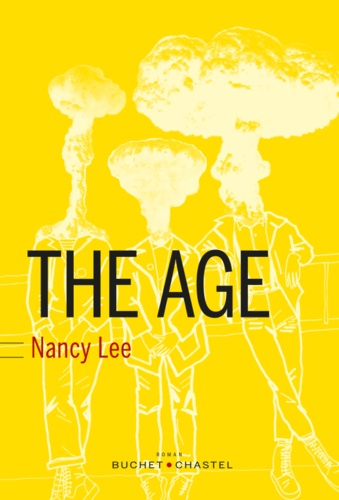
Littérature étrangère
The Age
03/2016
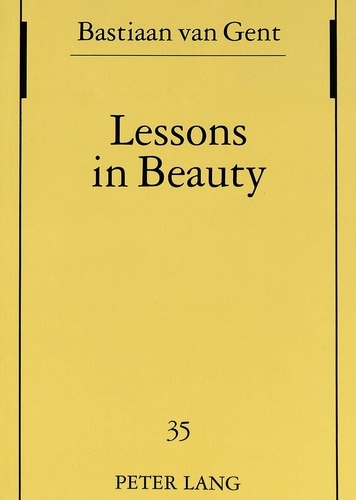
Non classé
Lessons in Beauty
07/1997

Sciences politiques
The Structure of Political Communication in the United Kingdom, the United States and the Federal Republic of Germany
11/1987
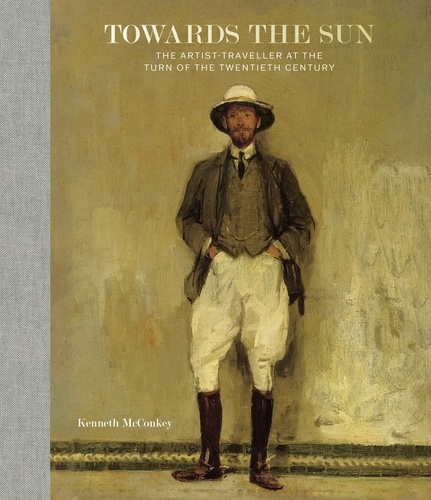
Monographies
Towards the Sun. The Artist - Traveller at the Turn of the Twentieth Century
11/2021

Non classé
German-Irish Corporate Relationships
02/2004
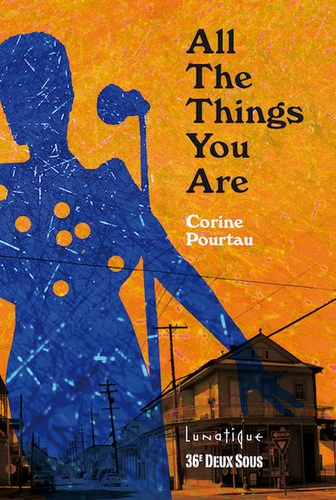
Littérature française (poches)
All The Things You Are
10/2018

Seinen/Homme
Where the ghosts are going ?
02/2024
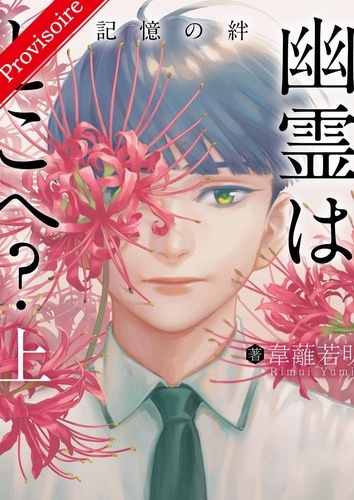
Seinen/Homme
Where the ghosts are going ?
02/2024

Rock
The Beatles are back again !
11/2023

Beaux arts
Italian Maiolica and Other Early Modern Ceramics in the Courtauld Gallery
03/2023
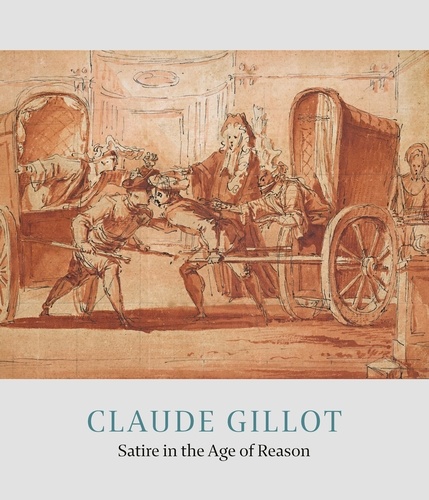
Monographies
Claude Gillot. Satire in the Age of Reason
03/2023

Poésie
Bahareh
07/2022

Jeux
Steelrising. The Art of the videogame
12/2023
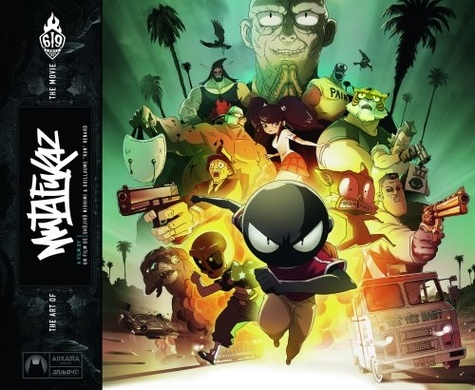
Comics
The Art of Mutafukaz the movie
05/2018
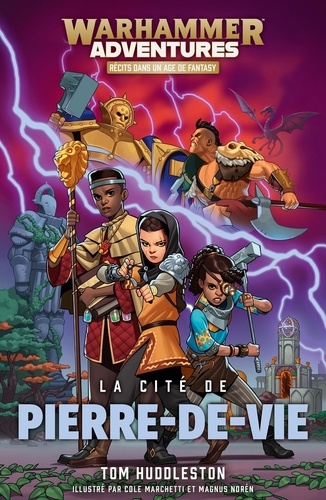
12 ans et +
Les 8 royaumes mortels Tome 1 : La cité de Pierre-de-Vie
06/2019

Non classé
Living in Two Worlds
05/1994

Non classé
Brides on Sale
04/2015
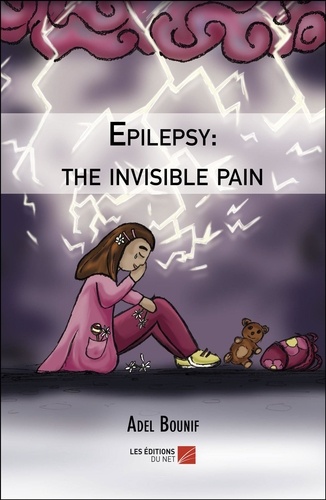
Poésie
Epilepsy: the invisible pain
01/2019

